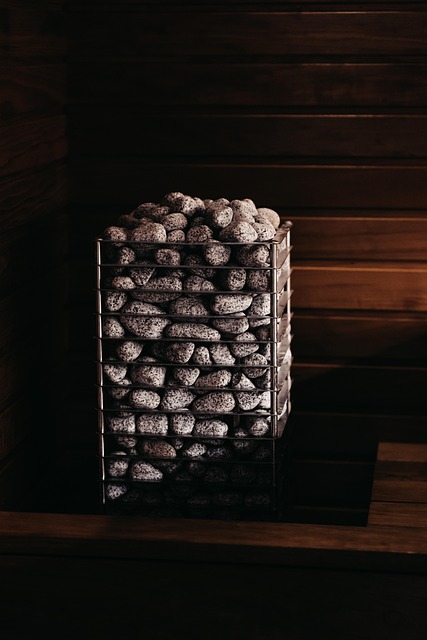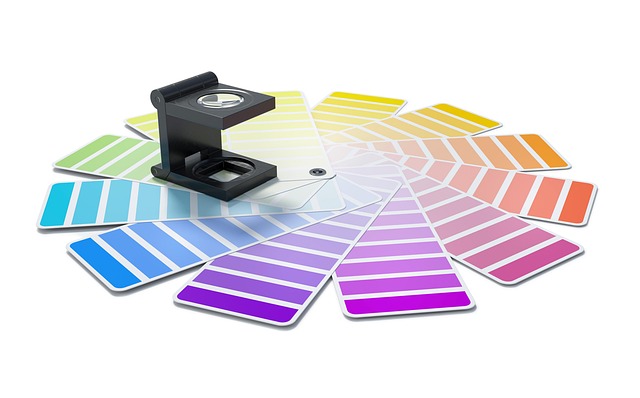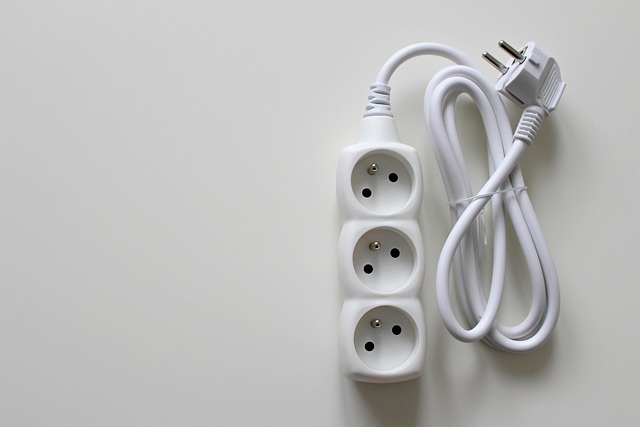Heater installation complexity varies based on type, space size, and layout, with modern, high-energy efficient models simplifying DIY setup through smart controls, modular designs, and advanced energy-saving features. Best practices include detailed planning, adequate ventilation, high-quality components, and recent innovations like smart heaters and heat pump systems. Embracing these methods and technologies streamlines installation, enhances temperature regulation, reduces energy costs, and minimizes environmental impact.
Evaluating a heater’s installation complexity is crucial for both professionals and homeowners. This comprehensive guide, “Understanding Heater Installation Complexity: A Comprehensive Overview,” delves into the factors that determine ease of installation. We explore how energy efficiency plays a pivotal role in simplifying processes, reducing costs, and enhancing overall system performance. Discover best practices and innovative solutions that make modern heater installation more accessible and eco-friendly.
- Understanding Heater Installation Complexity: A Comprehensive Overview
- Energy Efficiency and Its Role in Installation Complexity
- Strategies for Simplifying Heater Installation: Best Practices and Innovations
Understanding Heater Installation Complexity: A Comprehensive Overview
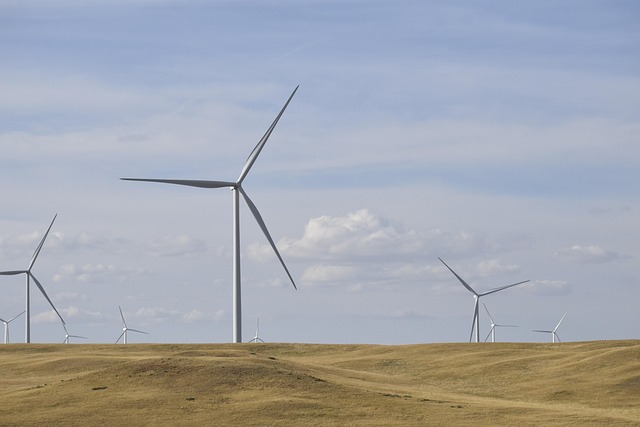
Heater installation complexity varies greatly depending on several factors, from the type of heater to the size and layout of your space. Understanding this complexity is crucial when considering a new heating system. The process can range from straightforward, with modern, efficient heaters designed for easy DIY installation, to intricate, requiring professional expertise to ensure optimal performance and safety.
Energy efficiency plays a significant role in determining installation difficulty. High-efficiency heaters often come with advanced features, such as smart controls and modular designs, that streamline the installation process. These innovative systems not only promise better temperature regulation but also simplify the setup, making them accessible for both professionals and keen DIYers.
Energy Efficiency and Its Role in Installation Complexity

When evaluating the installation complexity of a heater, it’s crucial to consider its energy efficiency. Heaters with advanced energy-saving features often require less intricate installations as they streamline the process by minimizing heat loss and optimizing energy use. These efficient models typically incorporate smart technologies that enable precise temperature control, reducing the need for complex setups.
The role of energy efficiency in installation complexity is multifaceted. High-efficiency heaters often come with compact designs and modular components, making them easier to maneuver and install in various spaces. Moreover, they may have fewer parts susceptible to wear and tear, leading to less troubleshooting during setup. This results in quicker installation times and potentially lower labor costs for technicians, ultimately simplifying the overall process.
Strategies for Simplifying Heater Installation: Best Practices and Innovations
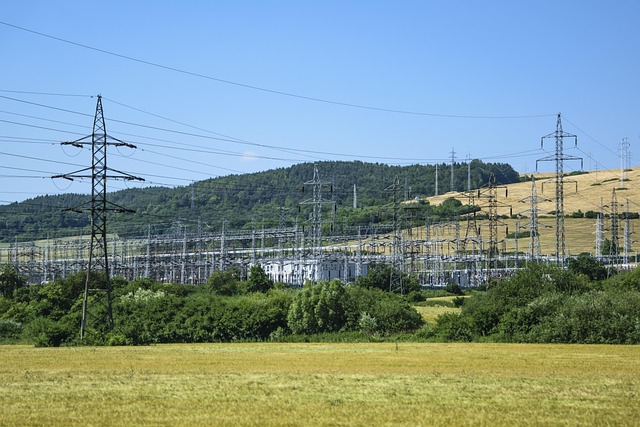
Simplifying heater installation is a key area of focus for both professionals and DIY enthusiasts, driven by the desire to enhance energy efficiency and reduce complexity. Best practices involve meticulous planning, ensuring proper ventilation and spacing, and using high-quality components to prevent future issues. Innovations in recent years have significantly contributed to this goal. For instance, smart heaters with integrated thermostats allow precise temperature control, optimizing energy use. Additionally, modular design concepts make installation more manageable by breaking down complex processes into smaller, more accessible steps.
Further advancements include the development of eco-friendly heating solutions that not only enhance energy efficiency but also reduce environmental impact. These innovations often incorporate cutting-edge materials and technologies, such as heat pump systems that utilize ambient heat to provide efficient warmth. By adopting these best practices and embracing technological breakthroughs, heater installation can become a more streamlined process, ultimately leading to better comfort and reduced energy costs for users.


